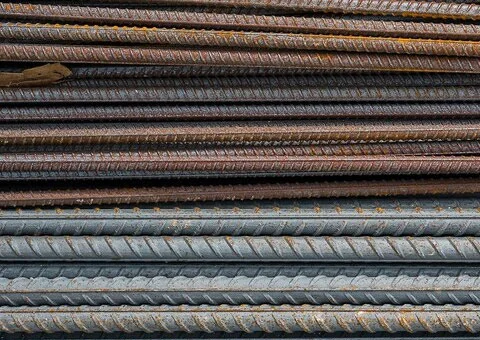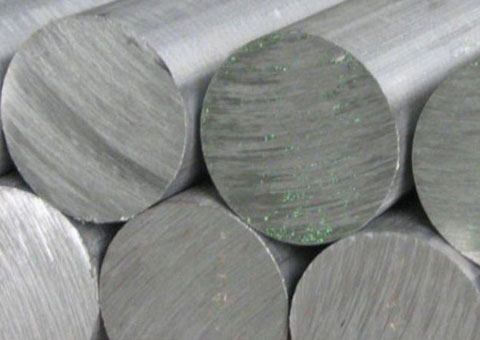China’s steel exports have exploded higher. History suggests it can’t last.
Steelmakers in the world’s biggest producer are leaning heavily on overseas sales to soak up a surplus caused by the country’s years-long property crisis. But they’re running into dumping accusations from importers and a protectionist Donald Trump will soon be back in the White House. The flare-up in tensions is starting to resemble the industry’s last trade crisis of nearly a decade ago.
Unless Beijing rips up its current playbook and decides to re-inflate the housing market or splurge on infrastructure, then steel consumption in China is in long-term decline. But mills have barely cut production to match that reality. The result is near-record exports. Over 11 million tonnes were shipped last month, a nine-year high.
Investors fret that Trump’s re-election will prompt another trade war. Even though China doesn’t sell much of the alloy to the US directly, protectionism could ripple through the world’s steel markets and choke global trade. Analysts at ANZ Group Holdings Ltd. reckon Chinese mills may try and ‘front run’ any increase in tariffs by boosting exports even further over the next few months, according to a note from the bank last week.
Here are five charts that illustrate how Chinese exports could be hurtling toward a tipping point.
Chinese steel has a history of stoking trade tensions. Importing countries have opened 25 anti-dumping investigations so far this year, the most since 2016, according to China’s commerce ministry. If that period’s any guide, expect sales to drop sharply.
“China’s steel exports may start to decline by end-2026 as more trading partners step-up anti-dumping export controls and total steel production falls,” said Bloomberg Intelligence analyst Michelle Leung.
China is mostly exporting its steel to nearby developing economies that still need to build infrastructure at scale. Nations in Southeast Asia, South Asia and the Middle East have seen the biggest increase in imports this year and many are partners in Beijing’s Belt and Road initiative.
But even those countries are getting swamped and are raising trade barriers in return. That spells trouble for Chinese steelmakers because it indicates just how saturated the market has become. And it’ll only get costlier for mills if they’re forced to ship further afield.
China’s biggest overseas market is a case in point. “When Chinese hot-rolled coil exporters look out at the world, they don’t worry about Trump much, they worry about Vietnam,” said Tomas Gutierrez, an analyst at Kallanish Commodities Ltd.
It’s one of the countries that has pulled up the drawbridge after being flooded with Chinese steel. But traders in Vietnam have also responded by boosting exports to clear the metal that’s pooled there, worsening the global glut in the steel market’s version of whack-a-mole.
Other neighbours aren’t happy either. Exports from Japan and South Korea have flatlined in the face of Chinese competition, while their domestic markets are also threatened by an influx of steel.
Japan wants to broaden its anti-dumping measures to catch Chinese steel being routed via third countries, while South Korea has launched a probe into imports of stainless steel plates as it fields complaints about products made in China being sold below market value.
“The surge of affordable Chinese steel has created challenges for manufacturers in Japan and South Korea, resulting in diminished market share and profit margins,” said Martina Reber, a research manager at Pala Investments Ltd.
Exports have been crucial in keeping Chinese mills afloat because there’s just not enough demand domestically to sustain one billion tonnes a year of production. Now, cheap Chinese steel is dragging on the whole market. Rivals from European steel giant ArcelorMittal SA to Japan’s Nippon Steel Corp have called for tougher measures to stem the flood.
Chinese steel products are typically 10% to 20% less expensive than those from other big producers such as Japan and South Korea, according to Pala’s Reber. But there are worrying signs in some destinations like India and the Philippines, where the value of Chinese exports has actually fallen even as tonnages have risen.
More broadly, the volume over value strategy will be a problem for Chinese mills if exports can’t keep up the pace.
Source:The Edge

